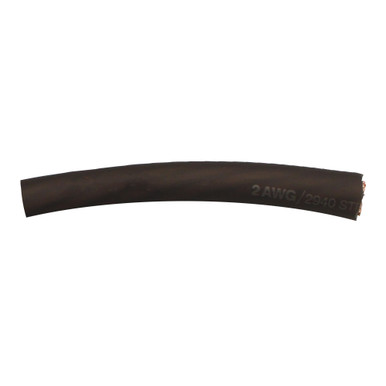I am starting the wiring and panel phase finally! Only five years behind schedule.
I'm considering the Earthx and mounting it under the right seat (da wife`s). Chose this location for several reasons: O-540 forward CG, avoid heat limits of engine compartment, and ease of access. I've read the installation manual and found Jared's Kitplane article. I'm not finding any details on "in cabin" mounting. There is as vented option. Just not sure if that is really necessary?
As with any new technology, there were growing pains and bad press. I'm having trouble seeing through the fog of internet opinion.
Some of ya'll have done this and curious on mounting specifics.
I'm considering the Earthx and mounting it under the right seat (da wife`s). Chose this location for several reasons: O-540 forward CG, avoid heat limits of engine compartment, and ease of access. I've read the installation manual and found Jared's Kitplane article. I'm not finding any details on "in cabin" mounting. There is as vented option. Just not sure if that is really necessary?
As with any new technology, there were growing pains and bad press. I'm having trouble seeing through the fog of internet opinion.
Some of ya'll have done this and curious on mounting specifics.




Comment